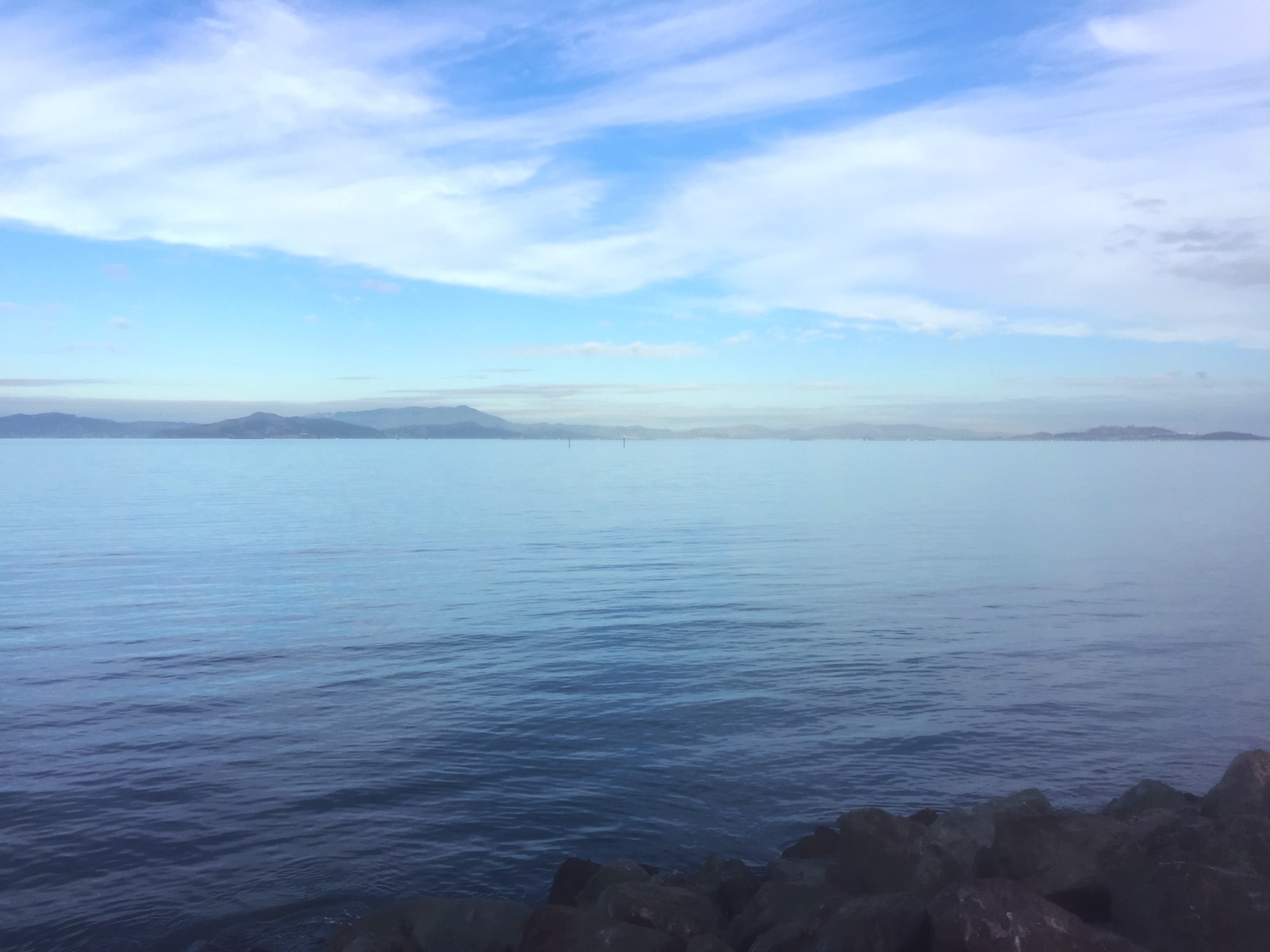“The winds, the sea, and the moving tides are what they are. If there is wonder and beauty and majesty in them, science will discover these qualities… If there is poetry in my book about the sea, it is not because I deliberately put it there, but because no one could write truthfully about the sea and leave out the poetry.”
― Rachel Carson
I recently discovered that Rachel Carson began her life’s work as, not as a scientist, but as a writer and poet. And this made me love her even more. Like me, she had been so captivated by the sea and the bird songs and every magical object of nature in between that she couldn’t imagine putting words to what she bore witness to without using lush, vivid language, full of color.
I knew of Rachel Carson as the author of “Silent Spring,” a masterpiece of language and imagination that grows from the root of stone-cold truths — that we humans have been slowly but surely poisoning the earth with our chemicals and our industrial activities for decades. That book would launch the environmental movement that we celebrate on this Earth Day, 50 years later.
But I had not known as much about Carson’s life, growing up in western Pennsylvania near the Allegheny River on a landscape that I can vividly conjure up in my senses, having my own family roots in and around that part of the country. I had not known that she left her family farm to study English at the Pennsylvania College for Women, later changing her major to biology after discovering her love of science and particularly the ocean. My path had flowed in a somewhat opposite direction, having begun my college studies in biology and environmental science, only to later heed the call of theology and spirituality and communications. Like Carson, though, I can’t help but see all these passions intertwined.
It’s ironic that we should be celebrating a milestone like the 50th anniversary of Earth Day at a time when much of the world is shut indoors due to the coronavirus pandemic. The day-to-day news of the virus and the politics surrounding it has made Earth Day this year almost feel like an afterthought. While spring has been sending out her signals in every direction in the northern hemisphere here, beckoning us with peony buds and sparrow’s warble, we are hunkered down in prolonged wintry hibernation. How often we, as humans, move contrary to nature.
Therein lies the rub, as they say. In so many things we do as humans, we are moving at a speed and direction that is against nature — both our own and that of the living, breathing world around us. Many have called this time of coronavirus shut-in the Great Pause. It has been teaching us what the world can look like when the world, at least our human-driven world, slows to a crawl. The air lightens. Rivers and streams run clearer. Animals find their way into city streets.
I’m not glorifying this time we’re in by any stretch. It has been heartbreaking to hear of loved ones who are sick or the thousands and thousands who have died from COVID-19. It has been heartbreaking to hear stories of those who’ve lost jobs, lost livelihoods, lost businesses that they built their whole lives around. It has been heartbreaking to be constrained in our touch and hugs and handshakes.
My prayer in this Great Pause is that we can each take a moment to more deeply value the natural world around us and our utmost reliance on it. Let us not take for granted the life-giving air that we rely on for breath, the very air that coronavirus sufferers are gasping for. Or the waters that surround us and make up nearly 60% or more of our adult bodies. Let’s not forget that the food that we are desperately stocking up on during our quarantine comes from plants and animals that need to live and thrive if we ourselves are to live and thrive.
If you haven’t explored Rachel Carson’s life or her writings, tap in to some of the New Yorker Magazine’s offerings on her this week: a wonderful remembrance of her life and contributions, a podcast about her life with excerpts from her work. Contemplate this article from the New York Times magazine on how Silent Spring ignited the environmental movement. Or explore some of her lesser known works, like The Sea Around Us, offering reflections of the bountiful life of the oceans interlaced with eerie premonitions she had about the rising of sea levels brought on by climate change.
I’ll leave you with this wonderful quote from Carson’s writings that seem so poignant for the time we’re living in.
“Those who contemplate the beauty of the earth find reserves of strength that will endure as long as life lasts. There is symbolic as well as actual beauty in the migration of the birds, the ebb and flow of the tides, the folded bud ready for the spring. There is something infinitely healing in the repeated refrains of nature – the assurance that dawn comes after night, and spring after the winter.”
April 22, 2020
Inside Outside: Lessons from Earth Day and the Pandemic
